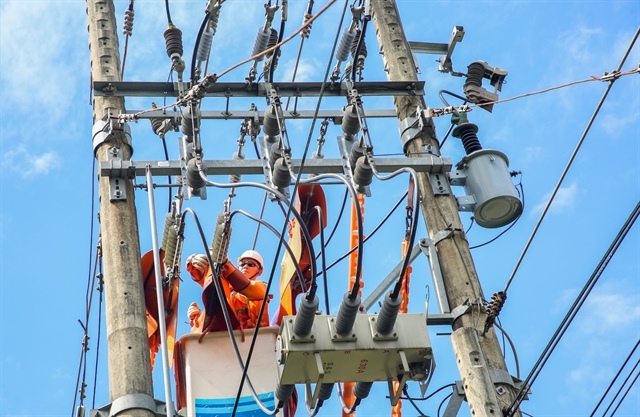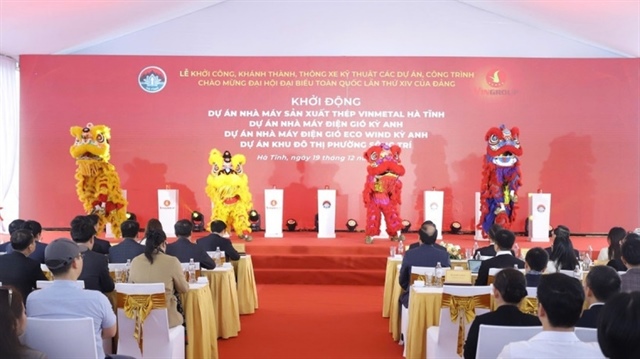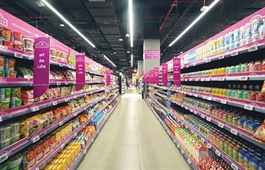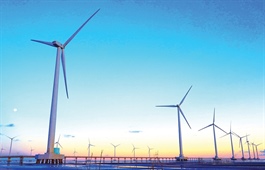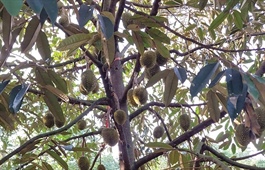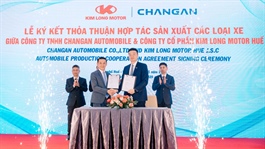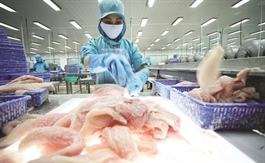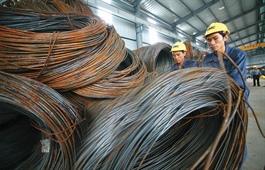Aquatic exporters face up to sustainable growth barriers
Aquatic exporters face up to sustainable growth barriers
Despite growing in 2024, the aquaculture sector has few opportunities for growth in export turnover this year due to market fluctuation and strict competition.
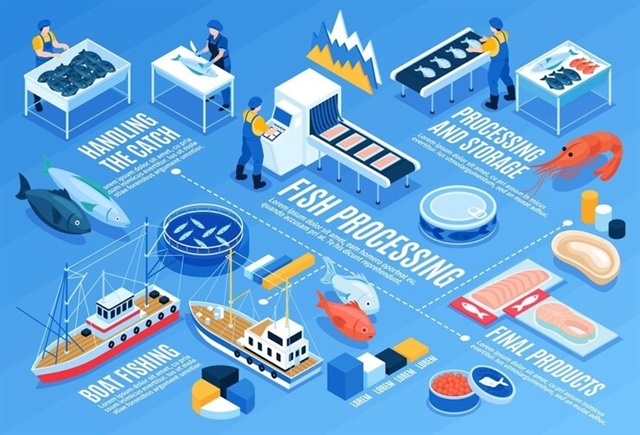
Aquatic exporters face up to sustainable growth barriers, Source: freepik.com |
Vietnam’s aquaculture export turnover reached a record high of $10 billion in 2024, marking a significant 12.7 per cent increase compared to 2023. The US, EU, and Japan remained key markets, while Vietnam also expanded into emerging markets, according to the statistics published by the Agriculture and Rural Development (MARD).
The shrimp industry has achieved an export turnover of nearly $3.9 billion an increase of 15 per cent compared to 2023, although the world shrimp consumption market is affected by inflation and fierce competition from major producing countries such as India, Ecuador, and Indonesia.
Meanwhile, the export of exploited seafood such as tuna, crab, squid, octopus, shellfish, and other marine fish also recorded success with a turnover of more than $4 billion, despite many difficulties in raw material sources and regulations that must be complied with.
The basa fish industry, despite facing difficulties such as increased shipping costs and the slow recovery of import prices, still returned to the $2 billion mark in 2024, an increase of 9 per cent compared to the previous year. Traditional markets such as the US, Brazil, Colombia, and others have become important driving forces to help the industry recover.
Some of the largest seafood exporters in Vietnam include Minh Phu Seafood JSC, Hung Vuong JSC, and Vinh Hoan JSC. Products of these firms are exported to 60 countries and territories.
Le Van Diep, deputy general director of Minh Phu Seafood, said the company’s business result starts to thrive in the second quarter due to increased sales revenue, and at the same time, the production and business results of shrimp breeding and commercial shrimp companies in the period began to be effective. In 2024, Minh Phu Seafood estimated revenues of $773.33 million and profit after tax of $52.5 million.
“The export turnover is considered a remarkable achievement due to disease outbreaks, increased logistics costs and environmental challenges. Market access restrictions are also a disadvantage factor. Some countries may impose stricter import regulations or quotas on Vietnamese seafood due to concerns about food safety or environmental sustainability,” said Phung Duc Tien, Deputy Minister of Agriculture and Rural Development.
For example, the EU has been working with the MARD on strong measures to prevent illegal, unreported, and unregulated (IUU) fishing, such as the installation of a vessel monitoring system, and punishment of any violations.
In December, Prime Minister Pham Minh Chinh called for 28 coastal provinces to meet all European Commission (EC) requirements on combatting IUU fishing. The PM urged thorough preparation for the EC’s upcoming fifth inspection to Vietnam, following four previous ones in the past seven years.
In 2025, seafood exports are expected to continue to grow better, possibly surpassing the $10 billion mark; however, it is forecasted to not have a breakthrough due to available challenges. Especially, it is not feasible to reach the target of $16 billion set up for 2030 if the industry does not have advanced solutions.
“Global fluctuations have affected the demand for seafood. For example, conflicts and other geopolitical issues around the world continue to disrupt global trade; including the seafood market. The consequences have increased transportation costs, and upped prices of input products for aquaculture, fishing, and seafood processing, causing a new inflationary spiral that affects demand,” Tien said.
Meanwhile, Vietnam’s shrimp industry is currently finding it difficult to compete due to its low shrimp farming success rate of only 40 per cent, while India’s is 70 per cent and Ecuador’s is up to 90 per cent. That makes Vietnam’s cost 30 per cent higher than India’s and double that of Ecuador’s, Tien added.
Nguyen Hoai Nam, deputy general secretary of the Vietnam Association of Seafood Exporters and Producers, said, “In the past 5-6 years, the aquaculture export results were estimated at between $8-10 billion per year, which means a stable maintenance. Meanwhile, to get the target of $16 billion in 2030, this industry must maintain a double-digit growth rate or 10-15 per cent per year.”
In addition, the room for double-digit growth is narrow because the global seafood consumption growth is forecasted at only 5-6 per cent per year.
A small number of countries dominate aquaculture, and 10 of them – including Vietnam – produced around 90 per cent of the total. However, many low-income countries in Africa and Asia are not using their full potential. Ho Quoc Luc, chairman of Sao Ta Food JSC, said although the export turnover of shrimp processed fish reports positive signs, there are still challenges that processors need to overcome.
“Some seafood export products have a backlog of breeds. The expectation is that shrimp need breeds that are resistant to diseases,” said Luc. “Once the breeds are good, the farming success rate will be much higher, reducing costs and increasing competitiveness.”



